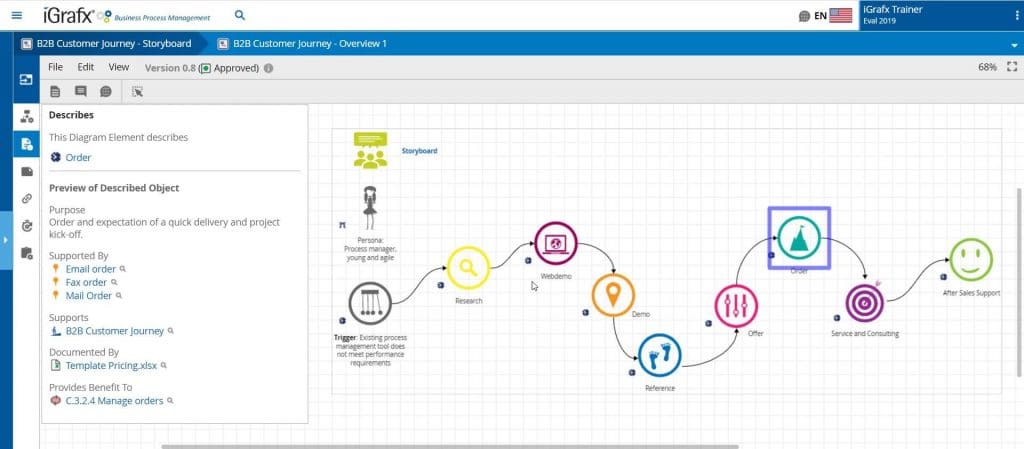Customer Experience for Continuity and Resiliency


There are lots of ideas about journey mapping floating around. The customer experience is driving many businesses strategies and decisions, as well it should. If you want a template, a search of Google will return pages of “the best” customer journey examples. The problem is that most customer journey exercises are narrow in focus. They consist of lots of sticky notes and color face emojis that supposedly represent the customers engagement or feelings. They have a large disconnect between the customers journey and the company that provides the service.
What is a Journey Map?
Let’s back up just a moment and really discuss what a Journey Map is. A Journey Map is the process your customer goes through to acquire goods and services from your company, and it is documented from the customer’s (external or internal) point of view. Did you catch that? It was subtle…the Customer Journey is a process. To the customer that process may be largely linear. They may call the same number or access the same website for sales or service. However, when a company thinks about the Customer Journey as a process, a lot of other things become abundantly clear.
Understanding Customer Journey
For example, when considering a global pandemic, understanding your customer’s journey as a process makes identifying your company’s business-critical processes much clearer. Business Critical processes can typically be lumped into 3 categories:
- This process is required to deliver goods and services to your customer
- This process is required to ensure the safety of your employees
- This process is required to for legal or regulatory compliance
Examining your Customer Journey as a process empowers you to connect the essential dependencies with the internal people, processes, and technologies that enable its successful completion and deliver an optimal experience. Because let’s face it, we have all taken a journey where we arrived at our intended destination, but the experience was less than desirable. However, to achieve true value we need more than just pretty boxes with some free form text, sticky notes, and smiley faces. We need an actual business architecture supported by a platform that will allow for the interrelation of all the capabilities and components necessary to make that journey successful.

We include certain support processes because they fulfill legal requirements. Identify those requirements and risks. Only then we can implement controls or identify opportunities to ensure a smoother journey while maintaining legal compliance. Please note that you may not be able to improve every aspect of the customers experience. Sometimes it’s ok to “just not suck.” As John Maeda, Chief Experience Officer at Publicis Sapient once stated, “Without friction in an experience, it’s not possible to “feel” it. So, a frictionless experience is by definition unmemorable.”
The Bottom Line
Bottom line, you cannot improve customer experience or their journey without changing internal processes or systems. You cannot change processes or systems without impacting the business groups that use them. An improvement that may appear to benefit the customer, that makes life harder for the people that must provide the service, will hinder, or negate the any perceived value you hoped to achieve. When chaos hits, the journey maps pinpoint critical processes for continuity
If you’d like to hear more on this topic, register for iGrafx iNNOVATE, our virtual webinar series on Business Transformation, Continuity & Resiliency. Learn from Cox’s expert how cross-functional teams build lasting, top-notch customer experiences in digital transformations. Sign up now!